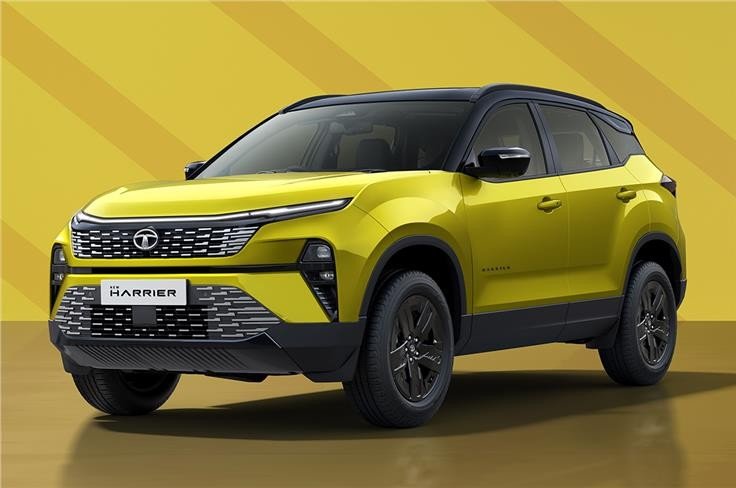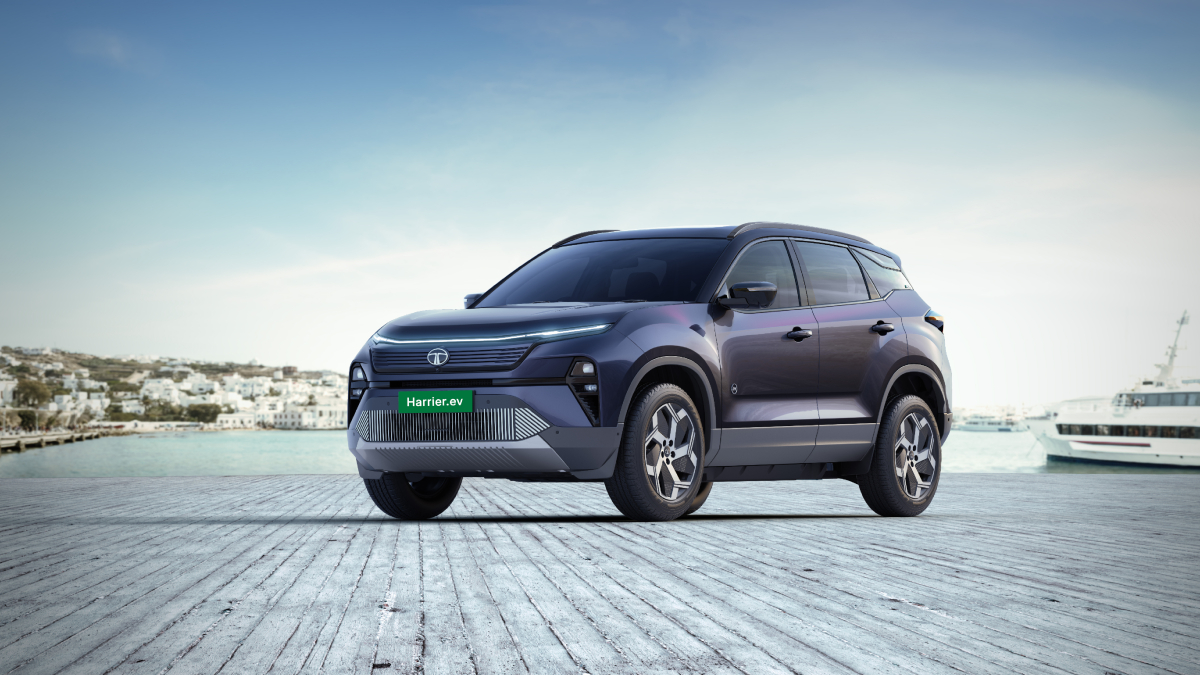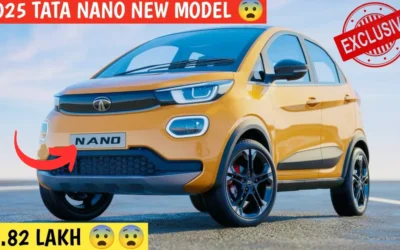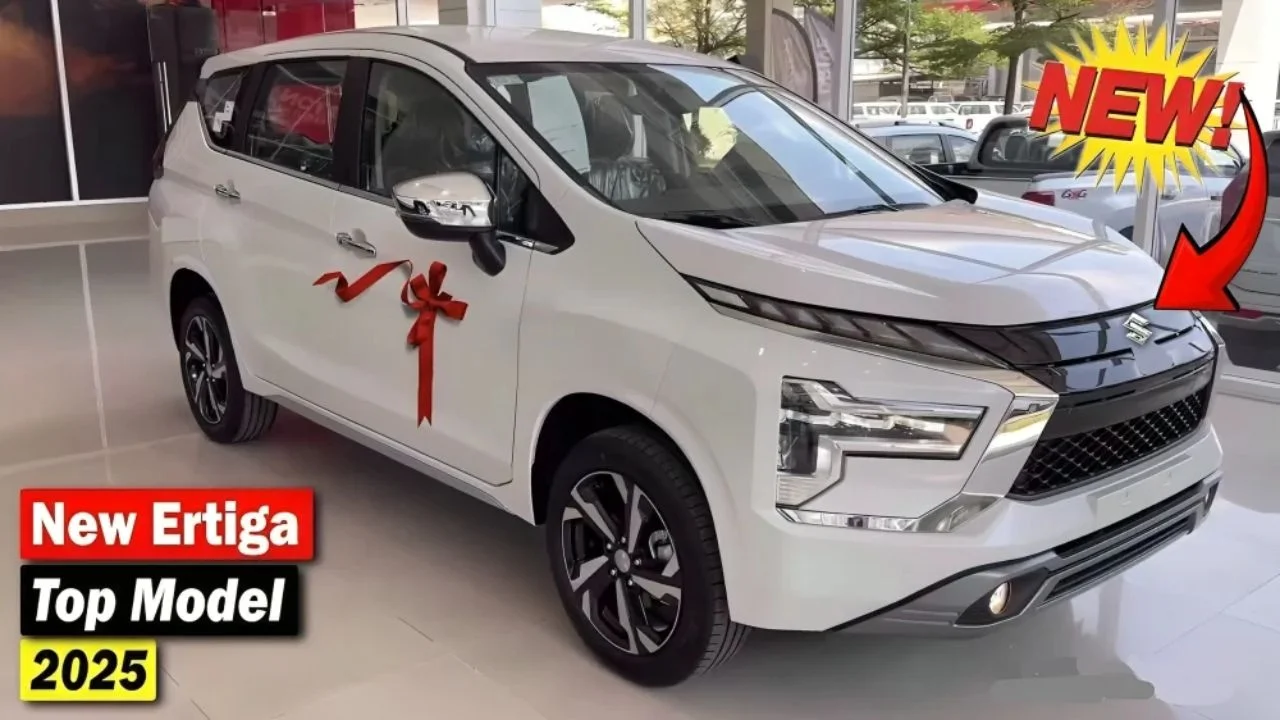Tata Harrier Evolution: Introducing EV, Petrol, and Upgraded Diesel Variants by 2027
 Tata Harrier
Tata Harrier

Introduced in 2019, the Tata Harrier has has been instrumental in Tata Motors’ journey toward establishing:
itself as a premium brand Tata Motors has given the Tata Harrier only one facelift so far, but it has rolled out several minor updates over the years to keep it fresh. By 2027, the premium SUV is likely to see three big product actions, all related to the drive unit. To begin with, Tata Motors will launch the Harrier.ev, the pure electric variant of the Harrier, on 3 June.
The Harrier.ev will have some fundamental changes and not be just another ICE-EV conversion. While the Tata Harrier is strictly a FWD offering, its electric derivative will be a predominantly rear-wheel-driven model. Another key change will be a multi-link rear suspension, offering more comfort.
Tata Motors has confirmed it will offer the Harrier.ev in a dual-motor AWD variant, which will pack 369 hp and 500 Nm of torque. However, we expect it to offer even a single-motor RWD variant to serve customers who don’t necessarily need such high performance and traction capabilities and have a lower budget.
Key Highlights:
Dual Motor AWD system: designed with electric motors on both axles, the Tata Harrier EV delivers a combined output of 369 bhp and 500 Nm of torque, this will boost the driving experience and enabling all-wheel-drive capabilities.
Off Road : The SUV boasts features like off-road assist mode, rock crawl mode, and a transparent bonnet view, this is gives unique experience to rider enhancing its versatility across terrains.
Battery Options and Range: Two battery packs are expected approximately 60 kWh and 75 kWh offering an estimated range of up to 500 km on a single battery charge.
Performance: The Harrier EV is expected to accelerate from 0 to 100 km/h in under just 6 seconds positioning it as one of the fastest EV SUVs in its segment.
Pricing: The starting price is projected to be around ₹24 lakh (ex-showroom).
As for the battery pack options for the Harrier.ev, Tata Motors has planned two units, one with an energy storage capacity of around 60 kWh and one with around 75 kWh. The latter will deliver a range of around 500 km.
A few months following the Harrier.ev, Tata Motors is expected to launch the first-ever Tata Harrier petrol. Tata Motors will employ a 1.5-litre turbocharged direct injection engine that produces 168 hp and 280 Nm of torque in the Harrier petrol. The company should offer 6-speed manual and 6-speed automatic transmission choices. The petrol variant should significantly lower the floor price of the Tata Harrier, which currently stands at 14,99,990 rupees (ex-showroom).
Key Highlights:
Engine: A newly developed 1.5-litre turbocharged gasoline direct injection (TGDi) engine producing 168 bhp and 280 Nm of torque this is the unique technology updated.
Transmission : Available with 6-speed manual gearbox and a 7-speed dual-clutch automatic transmission its gives the best drive experience the enhance the curiosity
Affordability: The petrol variant is expected to lower the entry price point of the Tata Harrier, making it more competitive in its segment.
Sometime in 2027, Tata Motors could upgrade the Tata Harrier 2.0-litre diesel engine, which currently produces 168 hp and 350 Nm of torque. Originally developed by Fiat Powertrain Technologies, this engine appears to be inching close to extinction in Europe due to significantly tightening emission norms and closing ZEV transition deadlines, but Tata Motors has acquired a license to update it in-house. The company will likely try to make the engine cleaner so that it can meet BS-7 and CAFE-III emission norms
Key Highlights:
Engine Licensing: Tata acquired licensing rights to upgrade the Fiat-sourced 2.0-litre Multijet diesel engine, allowing inhouse development and modifications.
Performance Enhancements: Plans include tuning the engine to produce up to 180 bhp, with potential for a lower-powered 150 bhp variant to cater to diverse customer needs and cover the large market tab with the advance technology
Emission Compliance: The upgraded engine will be engineered to comply with upcoming BS-VII and CAFE-III emission norms, ensuring environmental sustainability this is the more environmental affection we can see. More




